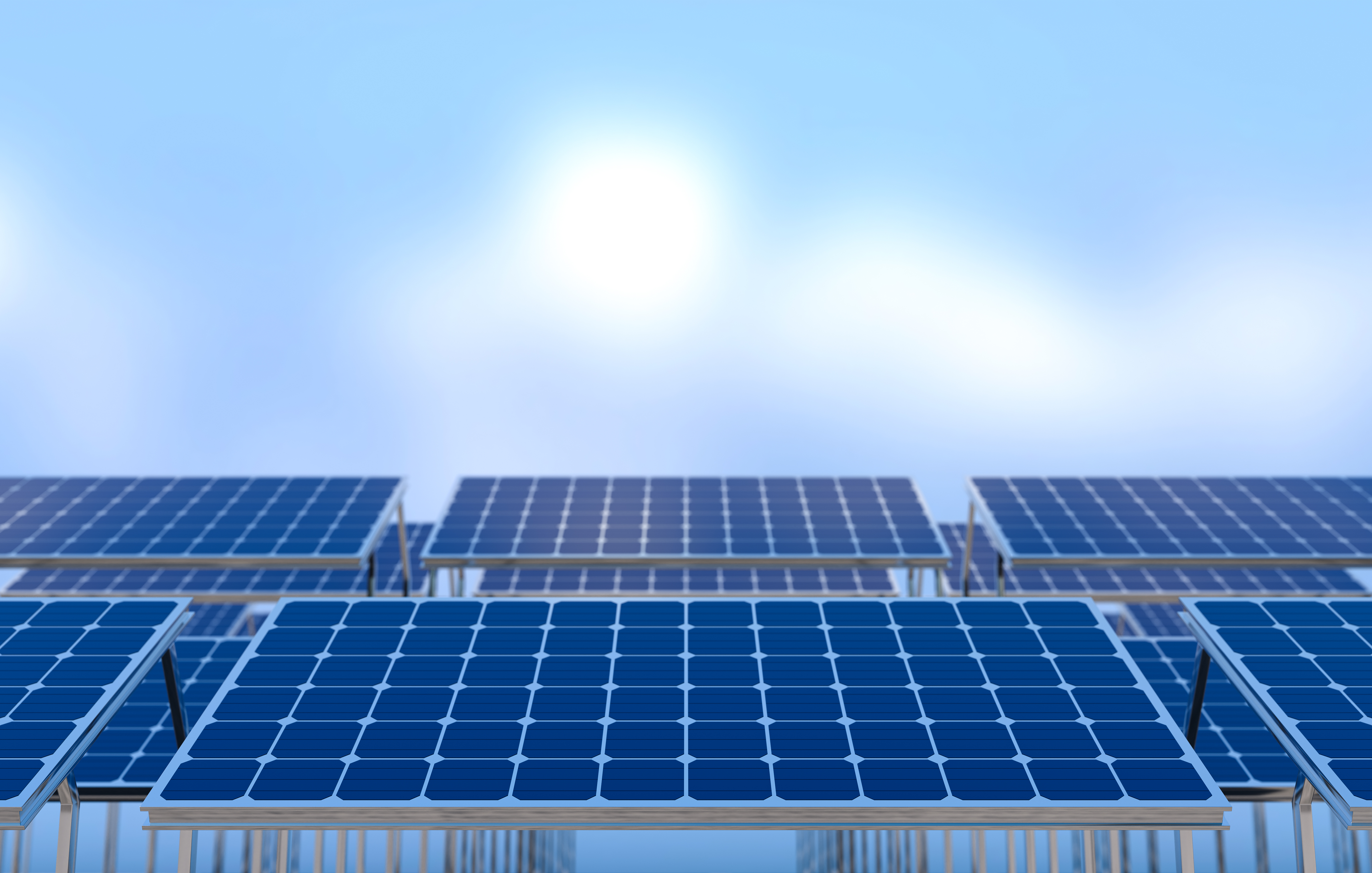


Solar energy is one of the most preferred renewable energy sources. With the advancement of technology, various solar energy systems suitable for different needs have been developed. These systems can be classified according to electricity production and consumption scenarios. Here are the most common solar energy system types and features:
On-grid solar energy systems are systems that work connected to the electricity grid. Its operation is quite simple:
The electricity produced by solar panels is made suitable for the grid with the help of an inverter.
The electricity obtained is primarily used for consumption, while excess electricity can be sold to the grid.
The electricity needed at night or when the sun is low is supplied from the grid.
These systems are suitable for large-scale facilities and homes with access to the grid. One of the biggest advantages is that excess electricity can be sold and there is no need for batteries in the system. However, the system does not work in the event of a power outage.
Off-grid systems are systems that work without being connected to any electricity grid. It is usually preferred in remote areas and areas without access to the grid.
The basic components of these systems are:
Solar panels
Inverter
Battery storage system
Charge controller
Off-grid systems, in addition to immediately consuming the energy produced during the day, store excess electricity through batteries. In this way, electricity needs can be met at night and during periods when the sun is low. However, since batteries have a certain lifespan, they need to be replaced over time.
Hybrid systems combine the advantages of both on-grid and off-grid systems. In these systems:
Solar energy can be produced and used connected to the grid.
Excess electricity can be stored thanks to batteries and energy needs can be met in the event of a power outage.
Excess energy can be sold to the grid.
Hybrid systems are ideal for users who have a grid connection but do not want to be affected by energy outages or who want to save money in the long term with a storage solution.
These are systems used to heat water instead of generating electricity. It is usually used for heating water or in industrial processes.
The benefits of these systems are as follows:
It reduces energy costs by reducing electricity consumption.
It provides an environmentally friendly solution by meeting the hot water requirement from the sun.
These systems are installed on water surfaces such as lakes, dams and seas. It is ideal especially for regions with land limitations.
Advantages:
It eliminates land costs.
It provides additional benefits by reducing water evaporation.
It increases efficiency by reducing panel temperature.
When choosing between solar energy systems, you should consider the following factors:
Your electricity need and consumption amount
Your access to the electricity grid
Your storage need
Installation area and cost factors
Solar energy systems provide a big step towards a sustainable future by offering solutions suitable for different needs. While on-grid, off-grid and hybrid systems can be preferred according to different scenarios, thermal and floating systems also offer solutions to certain needs. Which system you choose will depend on your energy needs and cost analysis.
To make the right choice, it is important to get expert advice and have a detailed analysis done.